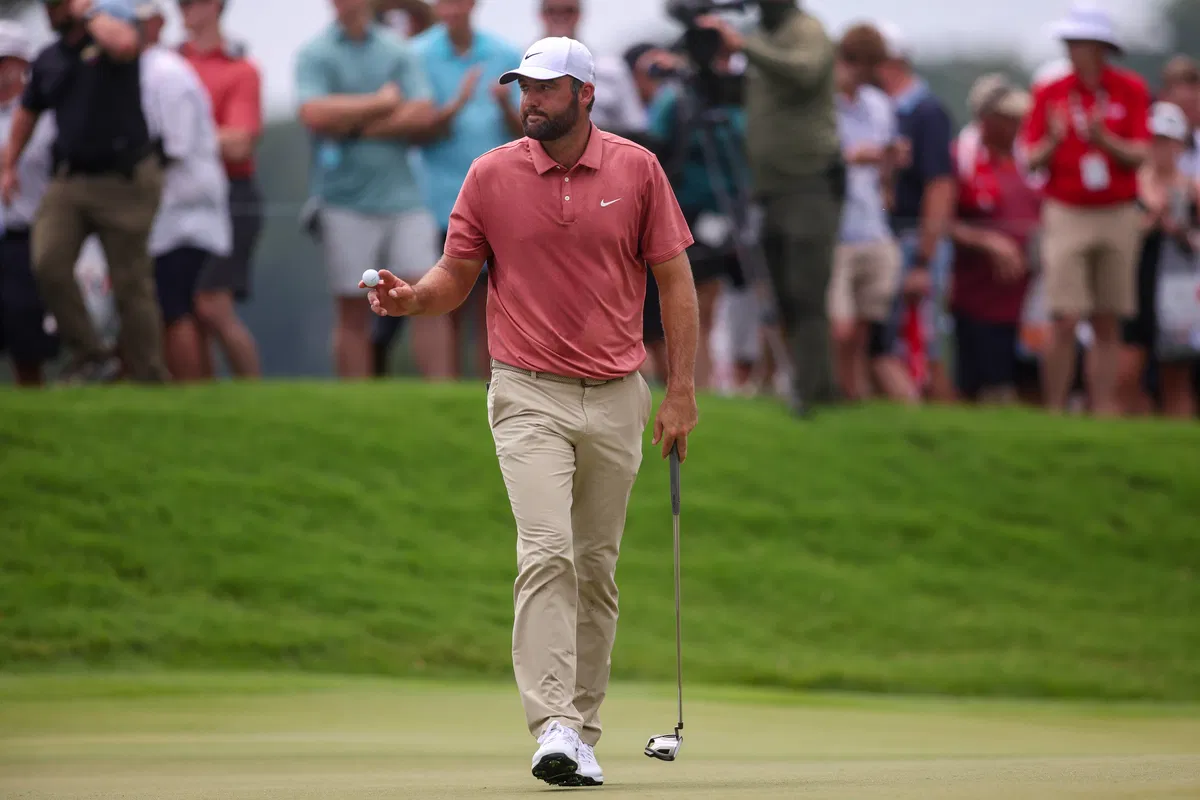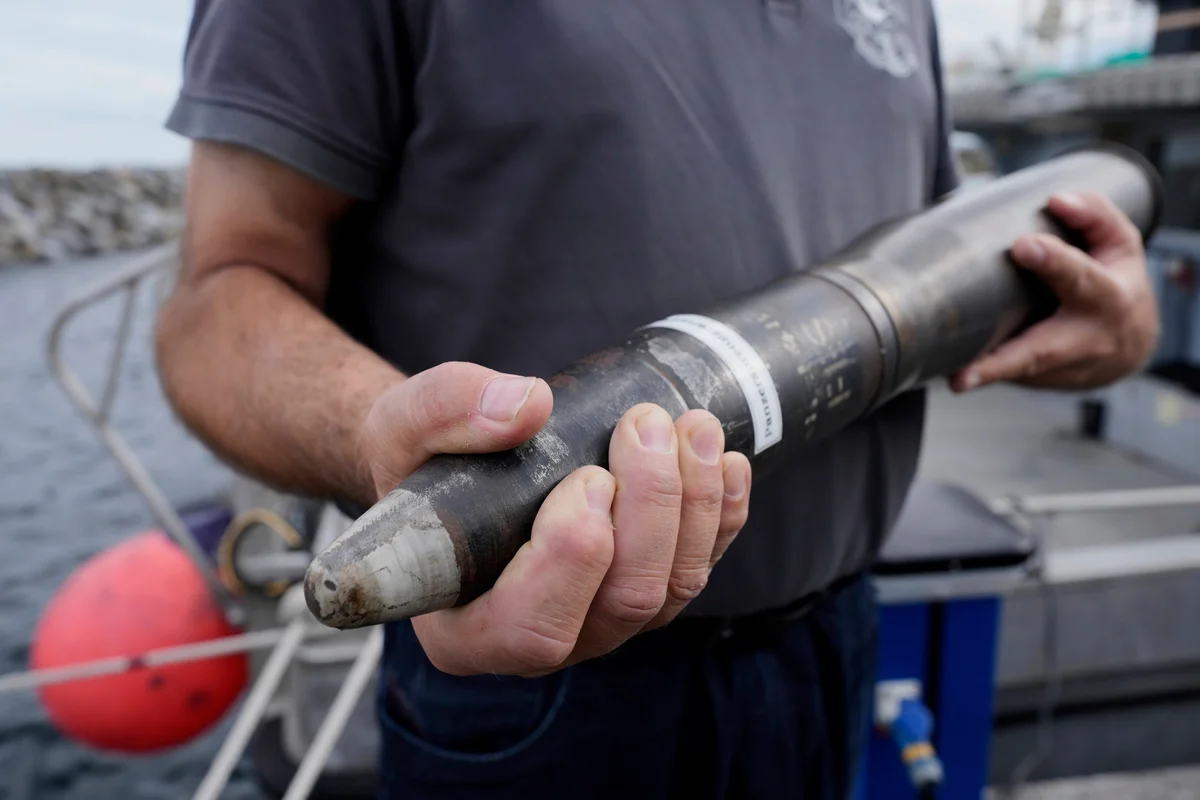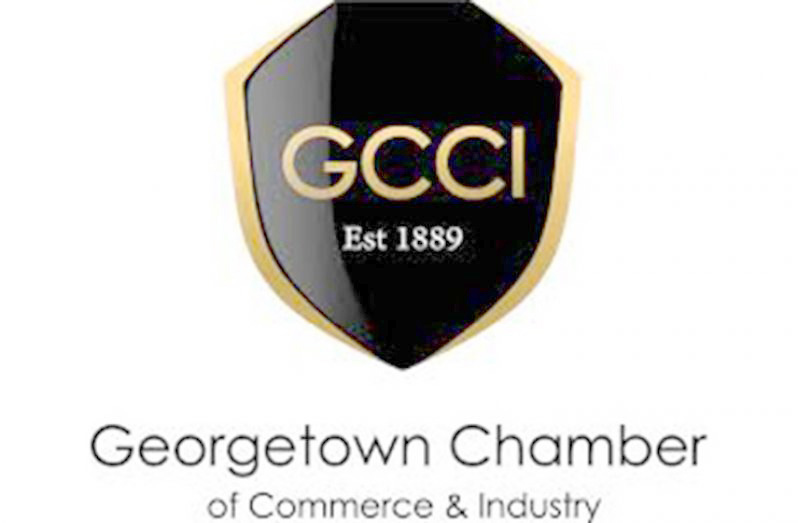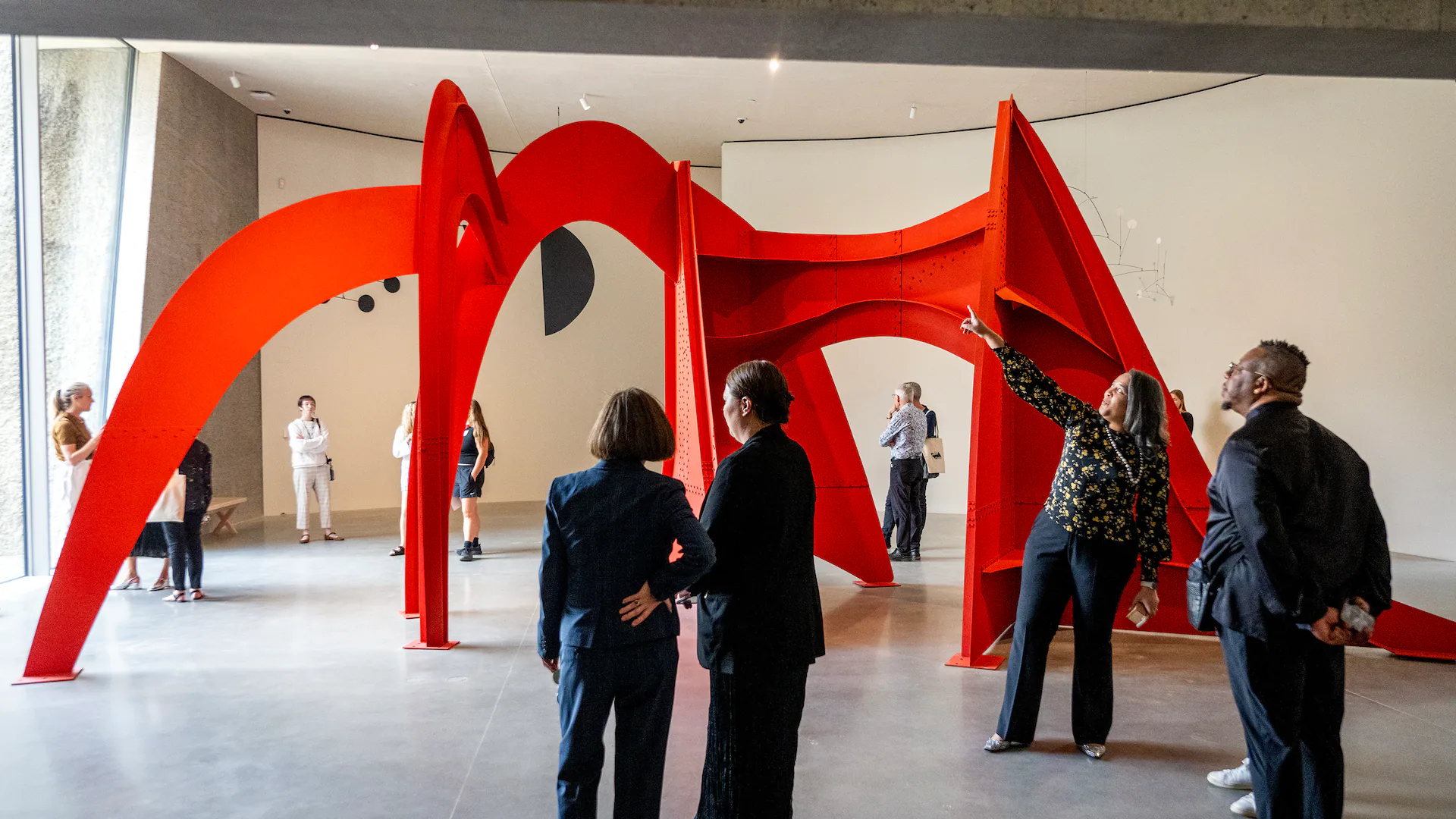Golf Veteran Warns Scottie Scheffler & Co. About PGA of America’s Big ‘Mistake’ a Week Before Ryder Cup

Team US has won only 4 of the last 14 times they faced the European team in the Ryder Cup. Of these, one victory came in 2008 at Valhalla Golf Club, when the Paul Azinger-led team toppled Europe 16.5 to 11.5. All these victories came when the American team was hosting the tournament. And with the US hosting the cup once again, this time at Bethpage Black, could the home advantage come into play once again?
Paul was asked this question, and he seems to be a fitting person to reply. But the golf legend’s straightforward reply was, “I see no advantage.” He warns Scottie Scheffler and the team about this mistake by the PGA of America, which gives them no control over the course.
Bethpage Black is a challenging golf course. Its iconic warning sign, which reads, “The Black Course Is An Extremely Difficult Course Which We Recommend Only For Highly Skilled Golfers,” rightly conveys the same. Referring to the course’s difficulty, the Ryder Cup veteran was asked about the American team having any advantage. “Nope, not at all. We don’t know the course,” replied Paul on the Straight Facts Homie podcast hosted by Trey Wingo.
Paul is right to point out that even Team America’s members are not all too familiar with it. It’s not like they will arrive at the course a month or two before practicing there. Pointing out the one mistake he always sees the PGA of America making, he says, “I think one of the biggest mistakes that the American Ryder Cup team always seems to make, or the PGA of America, is they go to courses that we’re not familiar with.”
Both teams have players who have experience playing at Bethpage Black across different tournaments. Matt Fitzpatrick, Tommy Fleetwood, Tyrrell Hatton, Shane Lowry, and Jon Rahm from the European team have played here in the PGA Championship 2019. Justin Rose has played the 2009 US Open and The Barclays in 2012 and 2016. As for their star player, Rory McIlroy, he has played four tournaments on this course, which include the 2009 US Open, 2019 PGA Championship, and the 2012 and 2016 The Barclays.
From Team USA on the other hand, Sam Burns, Patrick Cantlay, Bryson DeChambeau, Xander Schauffele, and J. J. Spaun played the 2019 PGA Championship at Bethpage Black. Russell Henley, Justin Thomas, and Harris English played at the 2016 The Barclays tournament. Harris also played The Barclays here in 2012. So, in a way there is no experience advantage of one team over the other. It would’ve been at least a little different if Brooks Koepka was part of the team, then USA might have had an advantage since he won the 2019 PGA Championship at Bethpage.
Besides Azinger also pointed out the difficulty of playing at the course. Paul’s comments come from a place of experience. The US major champion played two rounds at Bethpage Black in the 2002 US Open, and he couldn’t stand the course. He was 17 over par in the two rounds and didn’t make the cut. However, words are not only out of spite because his performance in the course was poor. He has a valid reason to say why the US team doesn’t have any advantage. “There are a lot of awkward angles, downhill t-shots to fairways that angle away, uphill second shots where you can’t see the landing area. It’s just hard, and you cannot fluke your way around there,” he said.
Many holes at Bethpage Black are famous for their challenging design. Hole 16, for example, is famous for its elevated tee box, which drops about 60 feet to a narrow fairway. Another example is Hole 18. It has a downhill tee shot into a fairway that angles away. Hole 15 is also a very demanding par 4, also nicknamed Mount Olympus. Its green is 50 feet above the fairway and is guarded by bunkers, which means little visibility.
Playing at a familiar location is important to get the advantage of controlling the course. It gives players and the captain time to build strategies about placing their tees, shot selection, and more. “I don’t know where they’re going to put the tees or how long they’re going to make it or how deep the rough is. I know that neither team has control of the course now,” Paul said, reflecting his statement on the PGA of America’s mistake of not playing on familiar courses.
Azinger explains that since the US team has no advantage, no one has control over it right now. Taking control of the course of a tournament is an important part of strategizing, per the golf legend. He tried to do the same in 2008, which could have also played a part in Team US’s victory. European team captains are known for their strategic and data-driven course manipulation. For instance, the European team used advanced data analytics to change course features like pushing back the rope line farther from fairways in 2018. However, most American captains have preferred longer, more open setups. In fact, Paul was the first American captain to request control over the course. His manipulation strategies focused on leveraging his team members’ strengths, be it tee placement or using his power hitters.
Besides taking control of the course, Paul and the team also attempted to win the crowd. “Even the crowd could become volatile there. That’s why I told Keegan right out of the gate, buddy, you gotta win the crowd. I mean, I’d be passing out lapel pins to the crowd like we did, getting them on our side,” he said, referring to their way of winning the crowd. The pins featured the American flag and Ryder Cup logo. The aim was to create a sense of unity and get an edge against the European team.
While Paul advised Keegan Bradley, world No. 1 Scottie, and the team to take control of the course and crowd, there’s much more they can learn from the strategies Azinger used in 2008.
Lessons Scottie Scheffler & Co. can learn from Azinger’s 2008 playbook
Azinger represented the US four times in the Ryder Cup before becoming a captain. He has learned a lot while playing and captaining, and the 2025 team can leverage his experience and tactics. He used his now-famous ‘pod system’ inspired by the US Navy SEALs. The idea was to pair the players into three groups of four players. However, the catch was that the groups were not formed solely based on their golf skills, but on their personality and compatibility. Paul wanted the group members to eat, practice, travel, and compete closely to build chemistry and trust. This helped foster unity and boost the confidence of team members.
The 2025 team, led by Keegan Bradley, can follow a similar suit to create small, tight-knit groups. If not that, they can build chemistry among team members in some other way. Paul also emphasized the importance of out-preparing the European team, especially on a challenging course like Bethpage Black. Team Europe are currently undergoing VR headset training , which stimulates the environment of a rowdy crowd so that the golfers are desensitized to it.
The golf legend’s warning strips away any false sense of security that Bradley or Scottie Scheffler might have. Bethpage is not going to give them an edge simply because the course is on American soil. The team needs to go well-prepared and quickly get momentum and increase their chances of winning by getting control over the course and the crowd.



